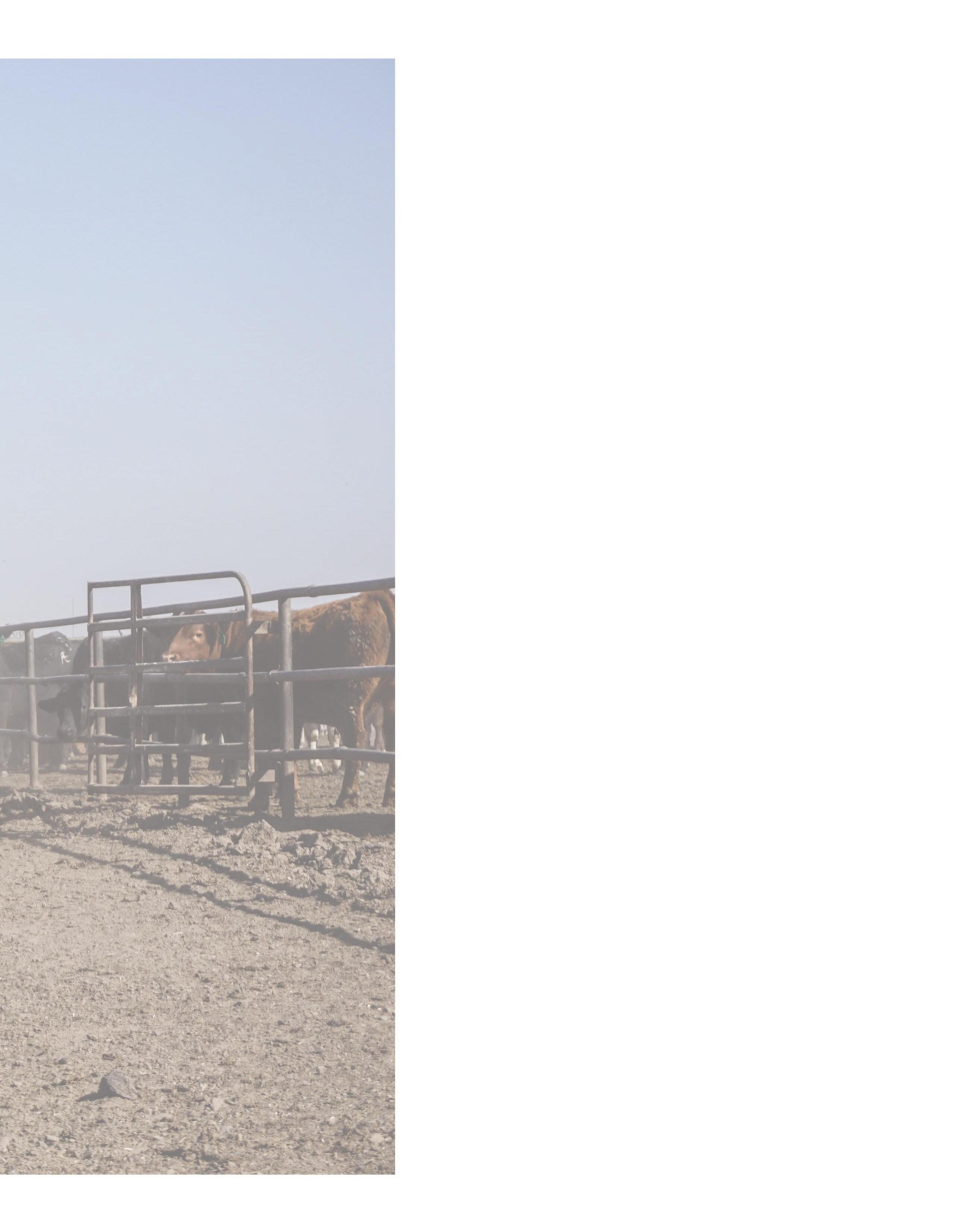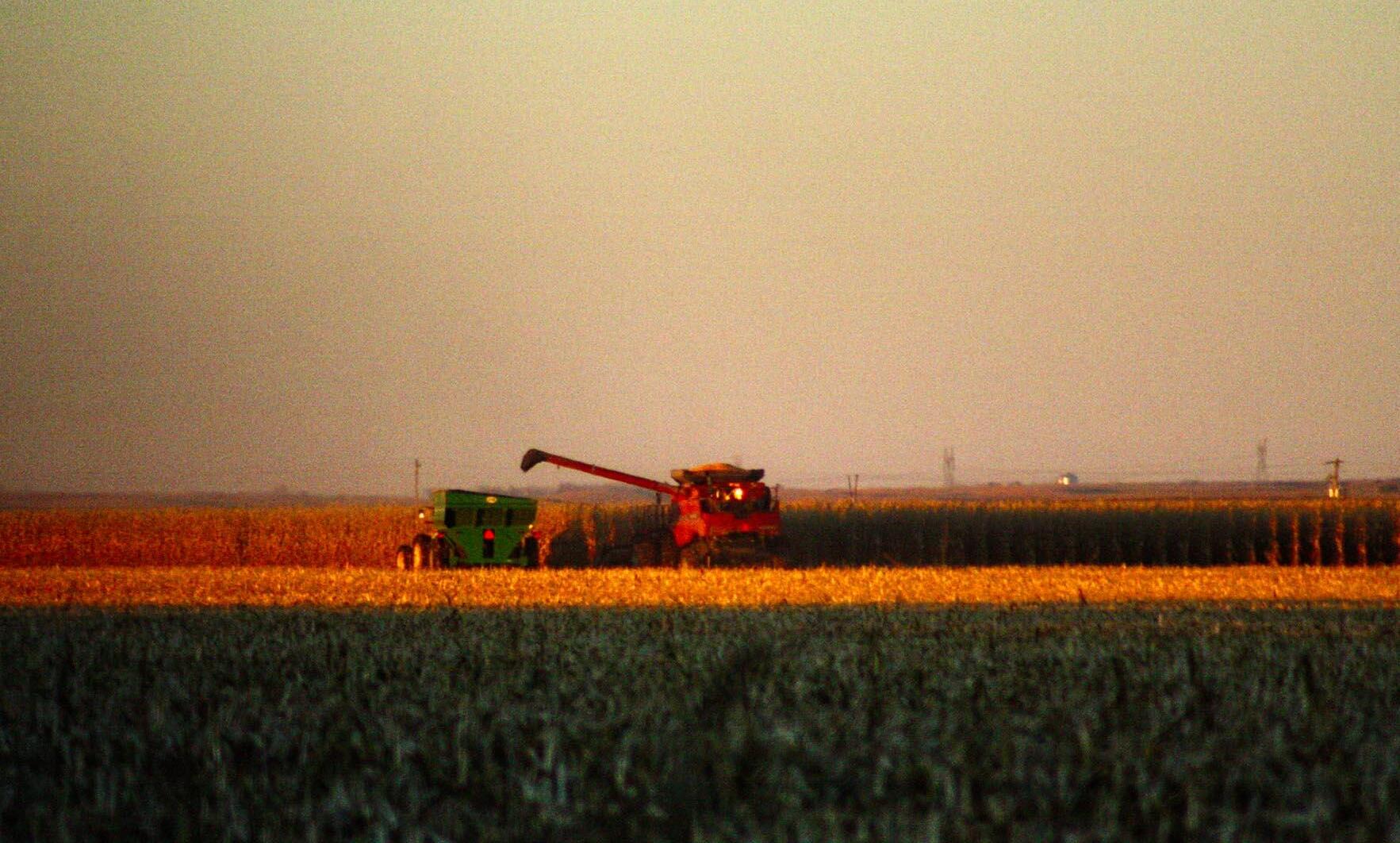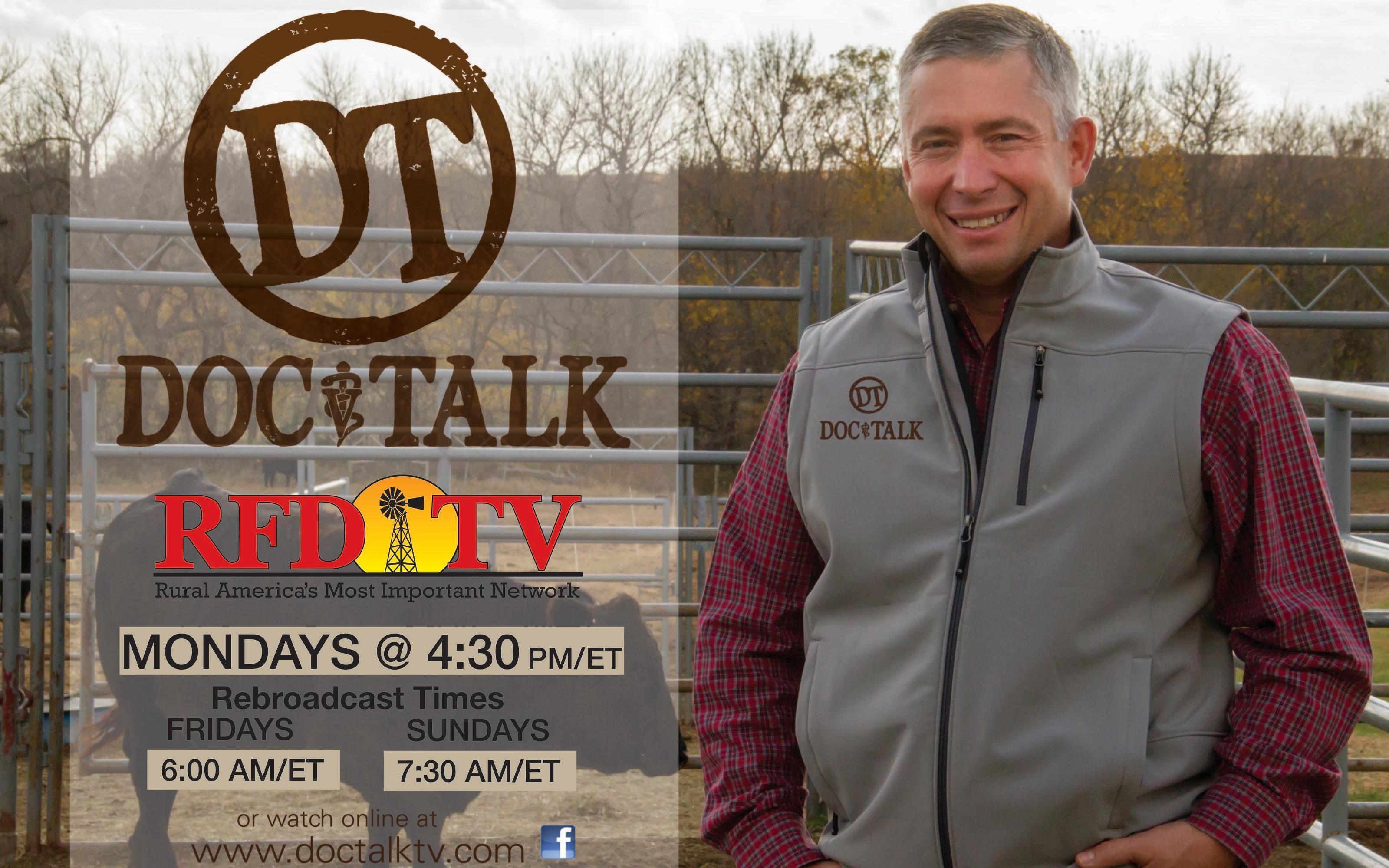
5 minute read
Growing Your Own Home-Grown Employee
By: Russell Plaschka Kansas Department of Agriculture
HELP WANTED : “I got a job for a boy, but he’s gotta be fast! ” This plea came from a neighbor who was looking for help processing his Chianina cross calves when I was growing up. I had the experience needed, but unfortunately, I underestimated the speed required. Today, that same neighbor’s plea might have been, “I got a job for anyone that will just show up.” As we examine how the workforce has changed in Kansas agriculture, we realize we face real challenges. However, I believe possible solutions exist and, in this article, I will share examples of what is currently being tried in our state to address those issues.
Almost everyone I ask about workforce challenges wants and needs employees. Unfortunately, with unemployment running at 3.7%, according to the Bureau of Labor Statistics, it is tough to find people to fill the open jobs. The trend in qualifications needed for employment has gone from “experience required” to “essential skills preferred” to “we need people that will just be there every day, and we can teach them the job.” No longer can we call up our neighbor or the local agriculture education instructor to send us some “good ol’ ag kids.” We still have great agriculture education students, but very few of the students come with production experience. The neighbor kids with production experience usually have a career on their own farm. The ag industry has ended up with a shortage of potential workforce due to a number of reasons, including a combination of attrition and consolidation in production agriculture, competition from other industries for our youth, and unfortunately, a lack of desire to adapt the way the industry recruits employees.
The Department of Labor’s Standard Occupational Classification Manual identifies roughly 23 jobs as agriculturally related. Meanwhile, AgCareers.com and the National FFA Organization combined to identify 250 agriculturally related careers. The difference lies in definitions and interpretations. For instance, a welder who might build tillage equipment is defined as a job in manufacturing, not agriculture. Many of our federal and state programs give preferences to those high-demand high-wage jobs. Agriculture has those jobs, but because of the job classification they are not considered high demand or high wage.

The unemployment rate is also working against us in today’s labor market. The Kansas Department of Labor estimates that for every 1 open job, Kansas only has 0.8 people available to hire. This is what full employment looks like, and it does not appear to be changing anytime soon.
One more challenge the industry faces is how our young people perceive the industry compared to what the industry is demanding. In a 2016 survey done by the Kansas Department of Agriculture (KDA), the most job openings were in the fields of agriculture mechanics (39%) and agribusiness
(38%), followed by animal science (9%). Some of the openings in agriculture mechanics and agribusiness were undoubtedly at an animal production, feeding, or processing business. However, in a recent survey administered by KDA to Kansas agriculture education students on what they see as their dream job, 43% of students were interested in animal science while 27% were interested in agribusiness. So, do the young people truly understand what the opportunities are within those sectors? And whose job is it to make sure they know?
We have identified the challenges: fewer people to apply for ag jobs; outside of the industry, agriculture jobs are not viewed as high demand or high wage; and our young people do not fully understand what or where the jobs are. How can we address those challenges? There is no quick fix, but there is potential for a long-term, somewhat permanent solution to the issue. According to the Board of Regents, Kansas universities, community colleges, and technical colleges graduate approximately 1,300 students with an agriculturally-related degree or certificate each year. In 2018, there were 2,900 Kansas agriculture jobs advertised on one career website, leaving 1,600 positions available to fill. If those 1,300 graduates would all take open agriculture jobs, how do we fill the rest? If we look at the numbers in our high schools, we can close the gap significantly.
In 2018, approximately 37,516 students graduated from Kansas high schools, and of those 69.7% will enroll in postsecondary schools. Of those enrolled in post-secondary schools, 40% will drop out (10,459 students). Combined with Kansas high school graduates that did not enroll in post-secondary number (11,366), the potential employee pool is 21,825 high-school graduates.
According to the Georgetown Center on Education and Workforce, 65% of all jobs require two years of education or less. The majority of ag jobs advertised do not require a four-year degree. Why not look at our local schools and recruit these potential employees while they are in high school. More importantly, can you give those students an authentic experience that will lead them to your front door when they are choosing a career?
One of the areas in Kansas where we see high job demand is for agriculture technicians. In November 2018, using the data from the workforce survey indicating a need for ag technicians, KDA partnered with a small Case IH dealership in southeast Kansas to provide a dealer immersion experience. Thirty students from four local high schools that were enrolled in the Ag Power and Energy Systems pathway were part of the experience. The students were immersed in hands-on activities within the three areas of the business.
First, students worked at the parts counter, waited on actual customers, and looked for parts using the computer system. Second, they helped with diagnostic checks on a tractor and tore down a hydraulic cylinder. Finally, the students read literature and “sold” a tractor to the sales manager, and then they drove a brand-new tractor. This last activity may sound trivial, but out of the 30 students, only 5 had driven a tractor before.
The animal science career option was also very popular in the 2015 KDA workforce survey. With the increasing presence of dairies in western Kansas, we see a need for all levels of employees. Kansas State University hosted a new event called Dairy U in June 2018. A total of 10 students from across Kansas participated in hands-on seminars which included a dairy industry overview, life cycle of a cow, animal health, reproduction, milking systems, and nutrition. All of these activities were designed to ensure that the students were receiving an authentic experience to remember as they explored career choices.
Both examples demonstrate that today’s youth need to have a real-life experience to understand what agricultural opportunities are available, even when that experience is in their own backyard. If you think back to why you chose your career, many of you will discover that you had an experience that led you to this industry and your career. Creating an authentic experience for your hometown youth may not bring you droves of employees, but it can open eyes and begin to create a pipeline so that you have a larger employee pool to choose from. These experiences can be as simple as the dealer immersion experience or offering job shadowing, or as in-depth as an internship for student learners in a Career and Technical Education (CTE) program at the local high school. Many schools have CTE programs such as agriculture education, industrial technology, and business education, and these CTE programs have a work-based learning component embedded into the curriculum.
Getting into the local schools can provide the ag industry with access to a large pool of potential employees. In turn, the schools get access to industry experts to help teachers stay current with local opportunities for their students. As an industry, we cannot afford to just advertise our open positions; we must meet our potential employees before they become someone else’s.











